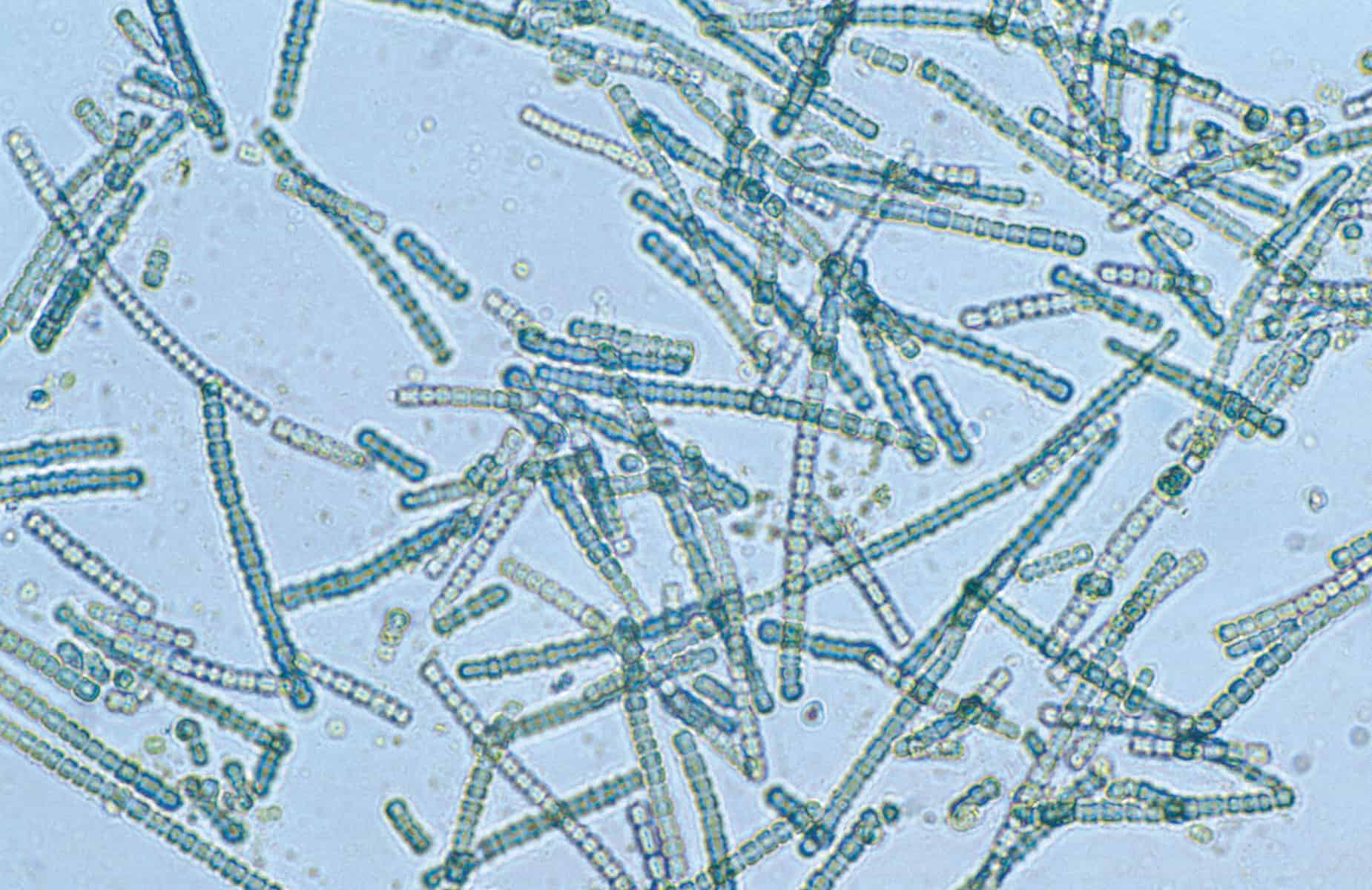
Photosynthesis is by far the most important chemical reaction in the universe for life as we know it. This elegant reaction uses light energy to transform carbon dioxide, water, and minerals into oxygen and energy-rich carbon compounds like sugar. Yet, although we typically associate photosynthesis with plants, this vital process first appeared in bacteria billions of years ago.
Now, scientists have found the earliest known evidence of the machinery required for photosynthesis in ancient microfossils from Australia. These tiny fossils, estimated to be between 1.73 and 1.78 billion years old, contain structures remarkably similar to thylakoid membranes. These membranes are critical for oxygen-producing photosynthesis in modern cyanobacteria and plants.
This remarkable discovery will help scientists better understand how one of the most vital life processes on Earth first began and then evolved.
The billion-year-old oxygen factories

Previously, the presence of thylakoids in cyanobacteria was traced back to only about 600 million years. This discovery, however, extends that timeline by an astonishing 1.2 billion years, as reported in the January 3 issue of Nature.
The French authors of the new study from the University of Liège were delighted by this unexpected finding. They’ve described the microfossils as Navifusa majensis, a presumed type of cyanobacteria. Unlike fossils preserving mineralized tissues like bone, these bacterial fossils are essentially carbon compressions in mud. Their preservation is a remarkable feat in itself. The new fossils not only confirm the existence of complex structures within these ancient microbes but also open up the possibility of more detailed future analyses of such microscopic fossils.
Evolutionary microbiologists had indirect evidence from genetics and chemical studies suggesting the early development of thylakoids. However, the exact timing of their evolution remained the subject of debate. These new findings provide a crucial piece of fossil evidence, filling gaps in our understanding of Earth’s oxygen history.
It’s hypothesized that thylakoids might have evolved before the Great Oxidation Event around 2.4 billion years ago. This event marked a significant increase in Earth’s oxygen levels, primarily attributed to the photosynthetic activity of cyanobacteria. The exact timing of oxygenic photosynthesis’s evolution in relation to this event remains a mystery. The N. majensis fossils add a vital data point to this timeline, helping to piece together the evolution of photosynthesis.
Interestingly, the period in which these newly discovered fossils would have lived saw a dramatic dip in atmospheric oxygen levels, suggesting that these cyanobacteria could have thrived in oxygen-rich microenvironments.
A remarkable find
Australia has always been a bountiful source of bacterial fossils, offering insight into some of Earth’s earliest life forms. For instance, the oldest known evidence of life comes from 3.5 billion-year-old stromatolites, found in the same region. The researchers also found similar thylakoids in fossils from various other regions, including the Democratic Republic of the Congo and the Canadian Arctic. However, these fossils were much more recent, being around one billion years old.
These findings not only reshape our understanding of the history of photosynthesis but also hint at the potential to uncover more secrets from Earth’s deep past. The research team, while unable to confirm if the cyanobacteria in these fossils are direct ancestors of modern species, believes they are closely related. Their next step is to probe even older rocks, hoping to uncover evidence of thylakoids predating the Great Oxidation Event, thereby further unraveling the origins of oxygenic photosynthesis.






